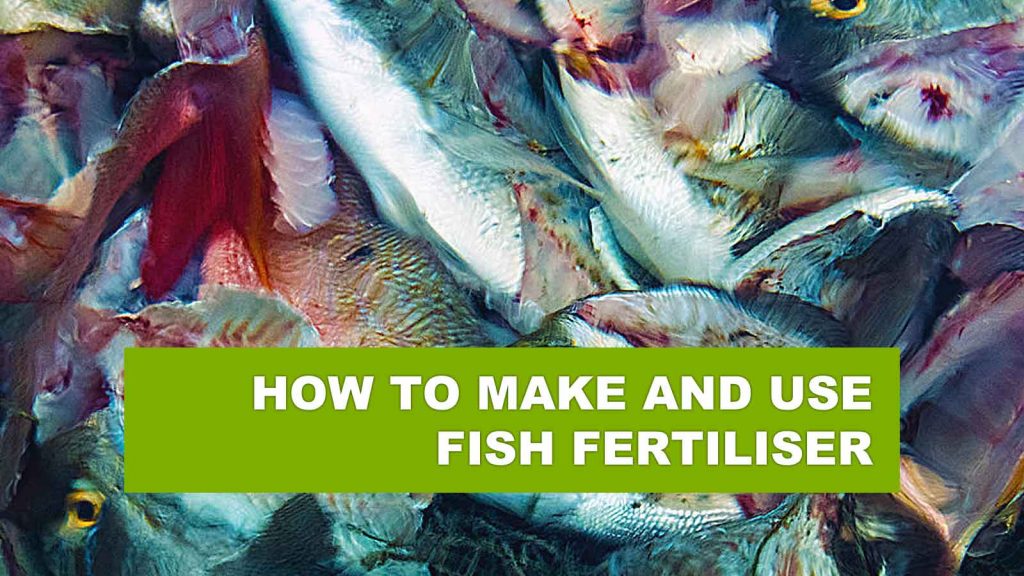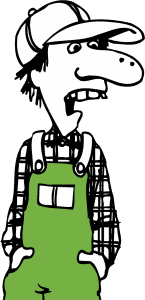
Fish contains a huge amount of trace elements such as phosphorus, magnesium, calcium, iodine, useful not only for humans but also for vegetable plants. After fish fertilization, they become stronger, the crop matures more, and the fruits grow larger and juicier.
Most of all, tomatoes like fish - it contains a lot of phosphorus, which is necessary for the growth and development of the plant. It strengthens the root system of tomatoes, stimulates flowering and promotes the formation of ovaries. Feeding fish provides tomatoes with enough phosphorus without the use of superphosphate chemical fertilizers. In contrast, fish waste is an environmentally friendly product that reduces the risk of contamination of both the soil itself and groundwater.
In addition to phosphorus, fish contains potassium, magnesium, iron, which are necessary for tomatoes for full maturation. After such fertilization, the yield increases significantly, and the fruits themselves grow sweeter and tastier. In addition, tomatoes grown on fish are not susceptible to phytophthora disease.
Cucumber is another crop that benefits from fish fertilization. Before planting cucumbers, farmers fertilize them to get a better harvest of cucumbers. This makes sure that fertilization is distributed in a satisfactory way. The amount of fish fertilizer varies depending on the age of the cucumber. If it has not reached maturity, the amount of fertiliser is much smaller. Fish fertilizers are either carried from the farm to the seed bed or from the seed bed to the cucumber field. The fertilization takes a few days to complete.
As long as potatoes do not have a deep root system, they suffer from soil loss. When fish fertilization takes place, the roots strengthen and grow stronger. In addition, the farmers use the fish fertilizers to improve the soil quality in potatoes. By fertilizing the soil, the fertilization is carried more evenly, and the surface is covered with nutrients. As a result, the soil is richer and water flows more freely. Fish fertilizers are natural fertilizers, which do not compromise the soil quality.
Compost from fish waste is used to restore depleted, infertile land. It can be applied when planting for tomatoes and other vegetable crops, trees, shrubs and even flowers.
Organic fish fertilization is usually carried out with large quantities of water, supplemented with peat, fertilizers and sometimes organic manure. When the organic fertilizers enter the soil, they dissolve the soil particles and increase the fertility of the surface. Fish fertilization is also applied to the fish harvest ponds.
By using organic fertilizers, fish fertilization is a natural, environmentally friendly method that can be carried out by farmers without the use of synthetic fertilizers. Such fertilization reduces the environmental impact of agriculture and can be carried out even in areas with poor soil quality.
To prepare the fertilizer it is necessary to properly prepare the compost heap. First of all, on the bottom of the box should be poured leaves and grass in a layer of 15-20 cm. Next comes a layer of fish waste, also 15-20 cm. The layers should not be too thick, otherwise the microbes will use up all the nitrogen, and you will not get valuable humus. On top of the fish is covered with rice hulls, sawdust or any other loose material. Every 10-14 days, stir the compost with a pitchfork and add water if necessary.
In addition to compost, fish can be used as fertilizer in other ways. For example, small fish, such as sprat or bleak, can be put in the holes whole. To do this, the hole is made a little deeper than required for planting seedlings. At the bottom lay out a few fish, lightly cover with earth, so that the roots of the plant can not touch them, and plant seedlings. If you do not make the holes deep enough, the smell of fish will attract animals that may dig up the beds.
Fish waste can be dealt with in a different way. Pour water over the insides (intestines, milk, bladder, heart), as well as heads, tails, and so on, and let stand. Such water is good to use for watering plants.
From the fish bones can be prepared flour, which is suitable for feeding any crop. To do this, dried bones are placed in a cloth bag and ground with a hammer. In spring, they are mixed with ash, compost and fertilize the beds.
